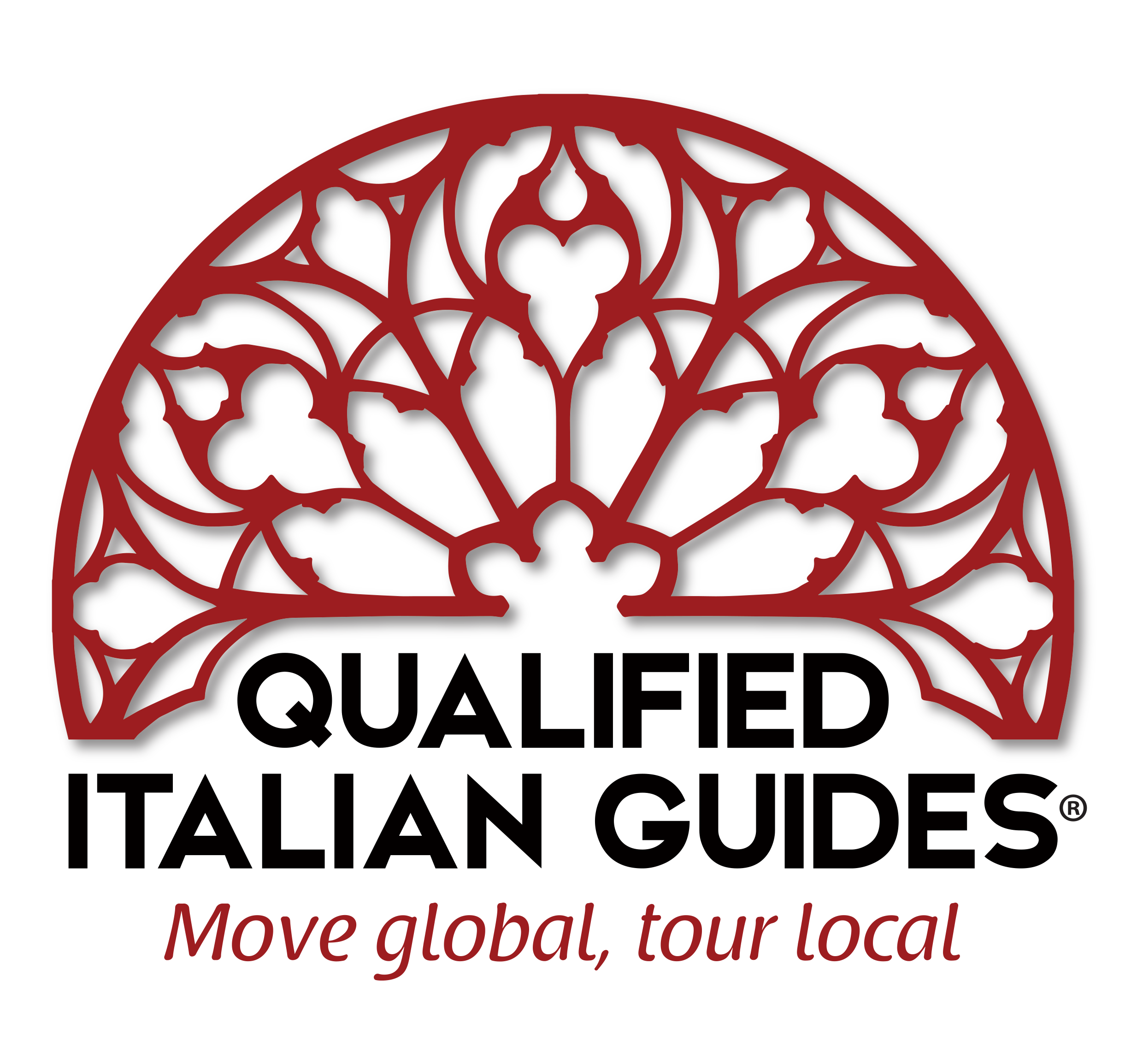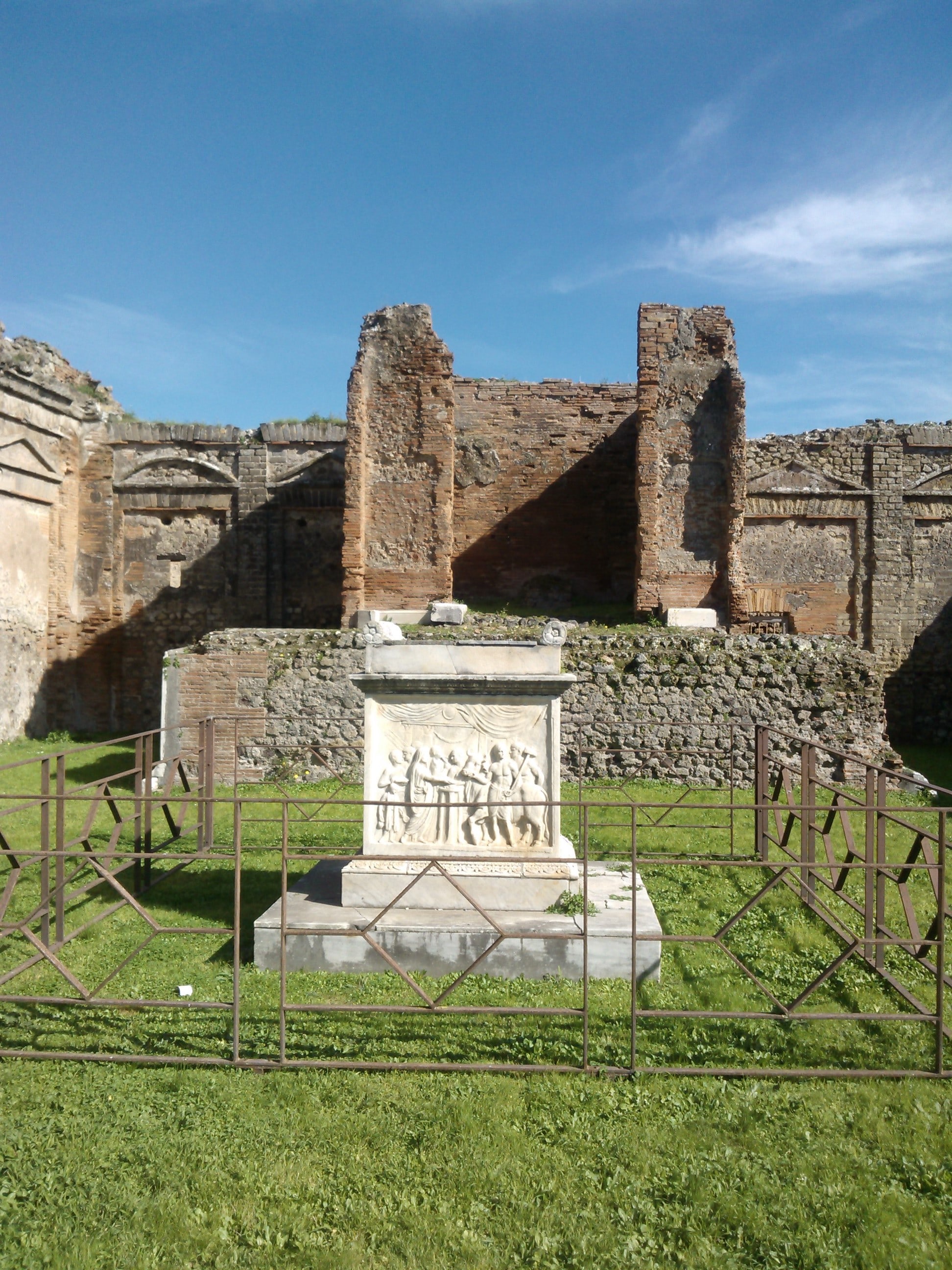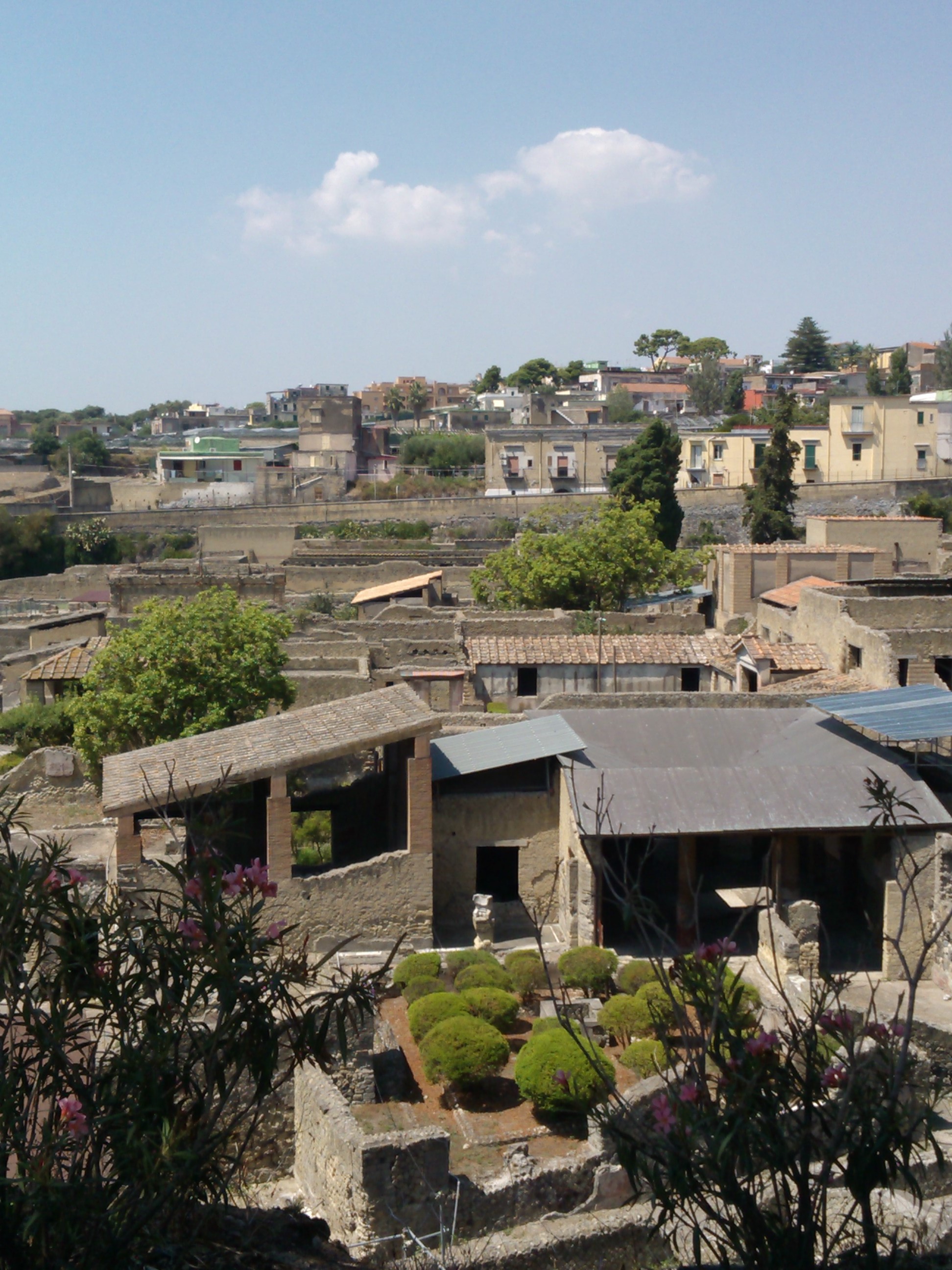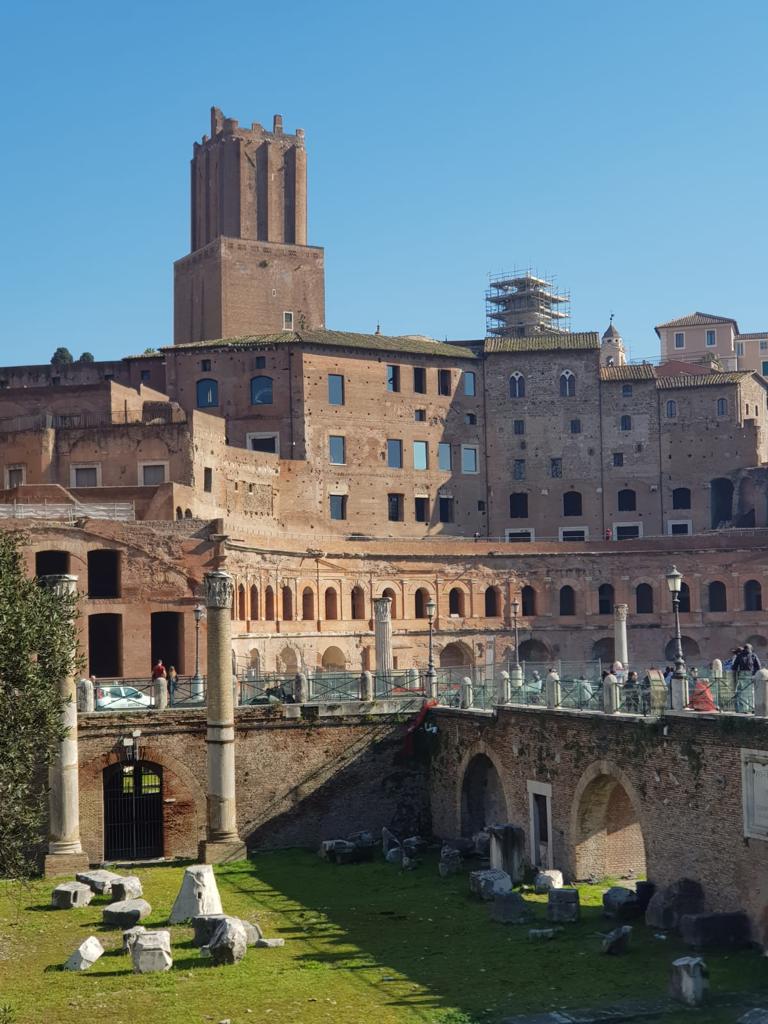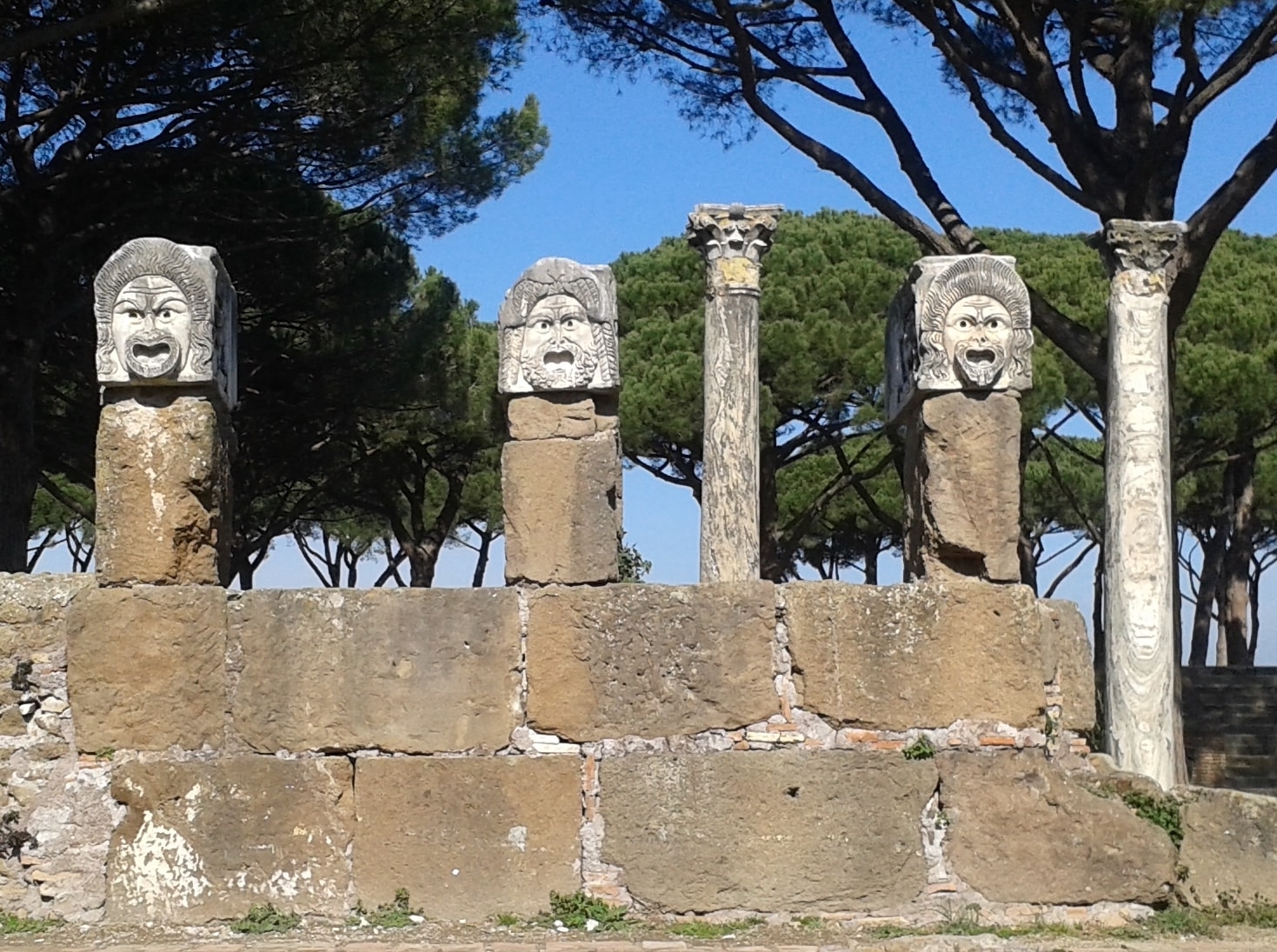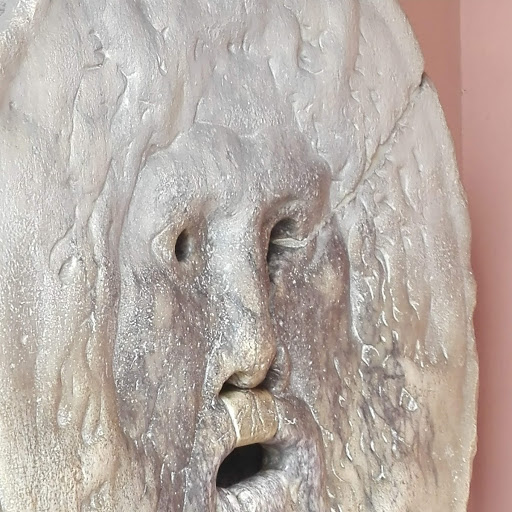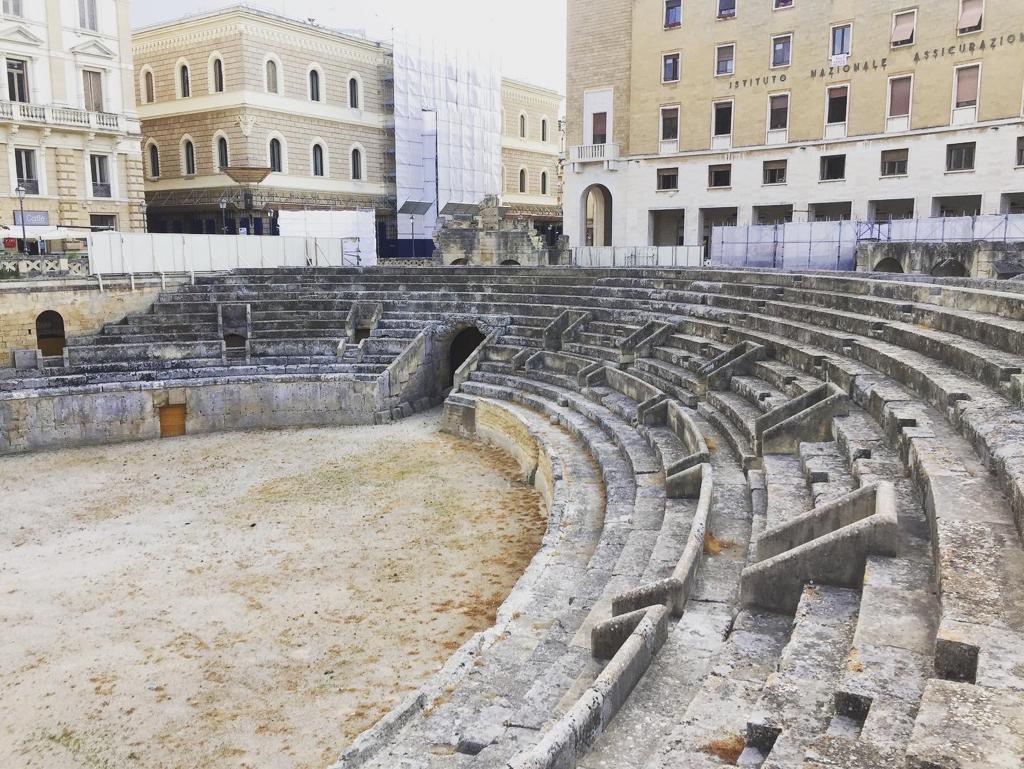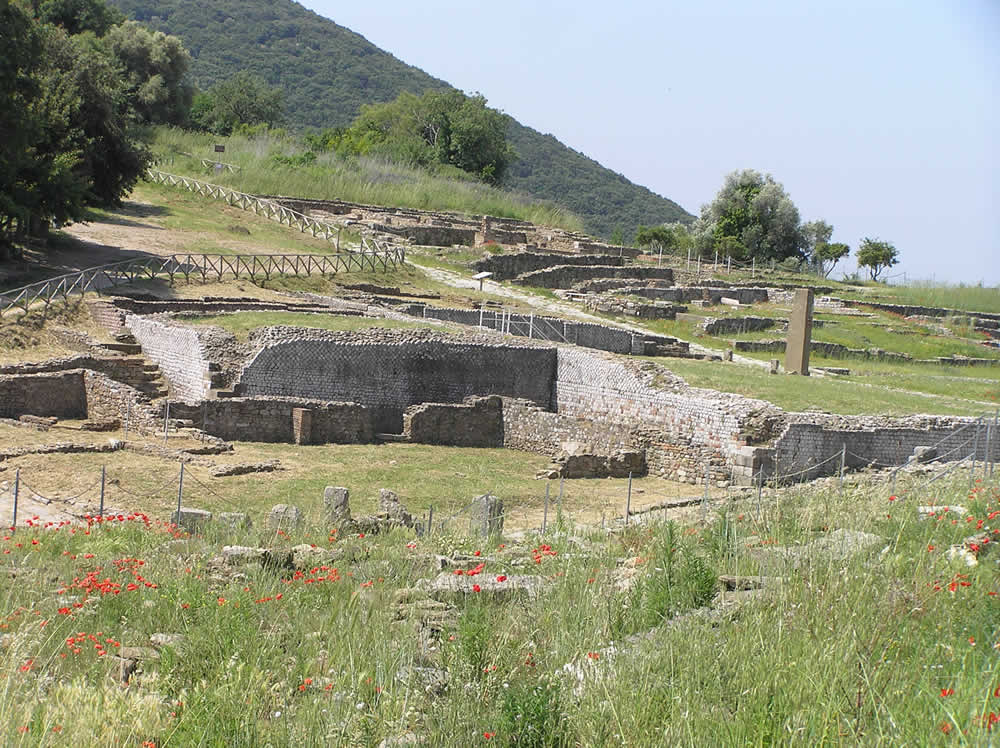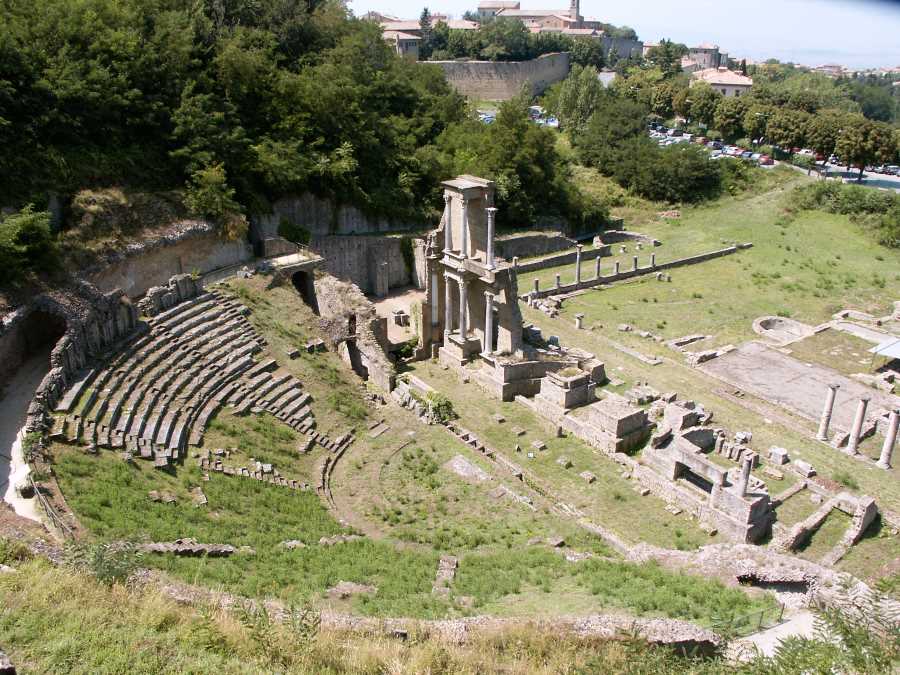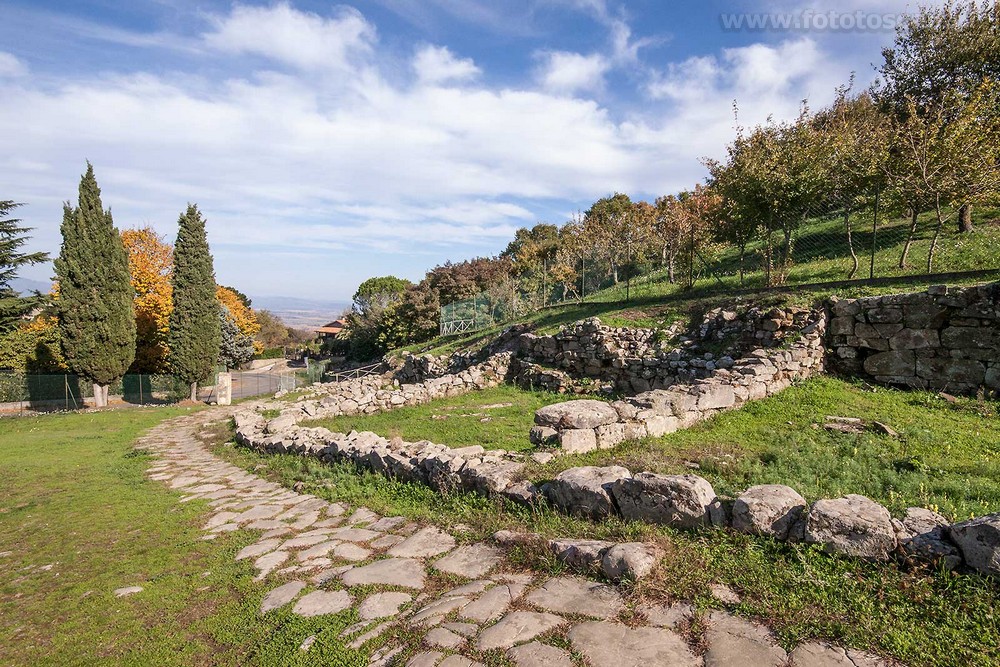Campania
The
Campania
region, in South Italy,
has been the cradle of ancient civilizations since the
Paleolithic
times. In the area around the town of Paestum there was the
famous
Gaudo civilization, dating back to the IV millennium before
Christ. The
region became very famous also during the first millennium
before
Christ when Greek people decided to settle in the plane and
built the
famous Poseidonia, known actually as Paestum. Further north there were other Greek civilizations
who gave
birth to the famous Magna Grecia (Magna Graecia), meanwhile the
Etruscans
were living in the village of Pontecagnano, in the bay of
Salerno, and
in the ancient city of Capua, known as the Altera Roma. Many
remains of those sites were brought to light during the
centuries and
they became very well known as stunning archaeological areas.
Among the most extraordinary spots, we find:
Baia and Cumae
archaeological sites
The ancient town of Baia was preferred by the Roman emperors who
used to spend most of their holidays in this amazing city. The
remains
of a thermal bath complex is still well preserved and worth a
visit.
The ancient town of Cumae, the oldest Greek colony in the west,
still
stands on a hill close to the sea in a very beautiful scenic
position.
Temples, buildings and the interesting Sybil's Cave are still
visible.
Ancient
Pompeii
One of the most fascinating and famous ancient city is Pompeii
which
was buried under some pyroclastic material during the eruption
of Mount
Vesuvius in 79 AD. The ancient city is well preserved and many
buildings, temples, public baths, mosaics, frescoes and other
decorations are still well preserved and worth a visit.
Ancient
Herculaneum
The ancient town of Herculaneum is one of the most spectacular
and well
preserved ancient towns. It was buried under 25 meters of
volcanic
material during the eruption of the volcano Vesuvius in the year
79 AD
and it disappeared completely. Most of its buildings, villas,
shops,
public baths and temples are still well preserved. Herculaneum
is the
only buried city where it is still possible to see carbonized
wood,
doors, windows, shelves and many other artifacts which are still
in
good conditions.
Paestum
(Poseidonia)
The Greek town of Poseidonia, known as Paestum in the Latin language, is well known for its
astonishing doric Greek temples which are still well preserved.
The
remains of the city are also interesting and the nearby
archaeological museum is one of the most important of the area.
It
hosts many artifacts spanning from the Neolithic age to the
Roman time.
Among the most important findings there are the remains of the
famous
Tomb of the Diver which is considered to be among the first
examples of
frescoed tombs of the Greek time.
Ancient
Stabiae
The ancient town of Stabiae was destroyed during
the
eruption of Mount Vesuvius in 79 A.D. It
was placed on a plateau to the south of the Bay of Naples. and
it was
facing beautiful Mount Vesuvius. The ancient city was brought to
light
in 1749 when the king of Naples, Charles III of Bourbon, decided
to
start the excavation of the area which had been buried under ash
and
pumice stones during the eruption. Only a few well preserved
villas are
open to the public. Among them Villa San Marco with its two
beautiful
peristyles and a large pool and Villa Arianna which is
much
larger and still beautifully decorated with amazing wall
frescoes.
The
archaeological museum of Naples
It is considered to be one of the most important archaeological
museums
in the world as it hosts most of the artifacts which were found
from
the ancient cities of Herculaneum, Pompeii, Stabiae and others
which
were buried during the eruption of Mount Vesuvius. The museum
hosts
also a very impressive Egyptian collection and the famous
Farnese
collection, one of the largest arts collection in the world.
From 2019 the beautiful Magna Graecia section has been
reopened
to the public.
For a
guided
tour in the Campania region with one of our top rated
Qualified Italian
Tourist Guides, please do not hesitate to contact us
Lazio
The Lazio
district,
in Central Italy, was
also inhabited since ancient times and its name is linked with
the
surprising Roman civilization, with the ancient Latins and
with the
Etruscans who were living in the north of the region. Many
were the
walled towns that ancient historians reported being built by
different
people in the
Latium area but just a few evidences of those places were
found by
archaeologists. The legends related to this beautiful land
also report
of the mithological Alba Longa and of the legendary Aeneas who
is
considered to be the founder of the Roman gentry.
Among the most beautiful archaeological spots in Lazio there are
the
following sites:
Ostia
Antica
Close to the bustled city of Rome, the ancient town of
Ostia was built during the 4th century b. C. as a Roman colony.
It became the port of Rome during the second century. Due to the
river
Tiberius which changed its course, the area was completely
buried under
layers of mud and the city was lost for centuries. The
archaeological
site is worth a visit for its amazing well preserved mosaics,
its
beautiful frescoes, the amphitheater and the museum.
Villa
Adriana, Tivoli
Just outside Rome there is a huge villa which belonged to
Emperor
Hadrian. The dwelling is considerd to be one of the largest
residences
of the Roman time as it covered an area of almost 300 acres. The
large
villa includes many buildings and gardens, temples, large
swimming
pools, bath complexes and many beautiful marble statues. Hadrian
wanted
to represent here many of the places he had visited travelling
around
the world.
Tarquinia
and the Monterozzi necropolis
Close to the town of Tarquinia there is the famous necropolis
which
contains tombs dating back to the Etruscan time, late 6th
century B. C.
Many
of the tombs are decorated with frescoes which are still in good
conditions and they represent lavish banquet scenes showing
people
enjoying food and wine while listening to the melodies of flutes
and
singers. Many etruscan artifacts are kept in the Archaeological
museum
hosted at Palazzo Vitelleschi.
Cerveteri
The ancient town of Cerveteri is another of those Etruscan sites
where
many tumuli-circular mounds form spectacular tombs cut into the
ground.
Many of them are still decorated with stucco reliefs and
frescoes.
Colosseum
and
Foro Romano in Rome
Known as the Flavian amphitheatre, the Colosseum was built in
the year
70 after Christ as the venue for ancient Roman games. Decorated
with
travertine marble, the circular arena was surrounded by a four
storey
auditorium which contained almost 70.000 seats.
The Roman Forum, which is close to the Colosseum, was created
during
the 7th century before Christ to host the most important
monuments
where religious and political gatherings, as well as commercial
activities, took place.
The
Pantheon
Commissioned by Marcus Agrippa in 27 before Christ, the building
was
destroyed twice and rebuilt by emperors Domitian and
Hadrian. It
is 43 meters high and it has a dome which is considered to be
the
largest unreinforced concrete cupola in the world.
For a guided tour
in
the Lazio region with one of our top rated
Qualified Italian Tourist Guides, please do not hesitate to contact us
Puglia
Apulia is a region in the south of Italy,
the so-called heel of the boot. It is surrounded by a
crystal clear sea and is mostly flat.
It has been inhabited since prehistoric times, becoming a
land of conquest for numerous civilizations over the
course of time.
Inhabited by the
Greeks, it became part of the so-called Magna Graecia
until it became part of the Roman world.
There are
numerous archaeological remains scattered throughout the
region, such as dolmens and menhirs, Paleolithic and
Neolithic caves and remains from the Greek-Roman era.
The most famous archaeological
wonders in Apulia are:
Amphitheater in Lecce
Discovered
during the construction of the Bank of Italy building and excavated from
1938 to 1940, the
amphitheater dates back to the 1st century after Crist, to the
Augustan
Age.
It was built inside a stone quarry that provided the stone
material on site to build the steps of the cavea and for the
rest of its architecture. The amphitheater resembled the Arena
in Verona and the Colosseum
in Rome.
It
had an elliptical shape with 4
entrances and could
accommodate up to 14,000 people. Free games such as Venationes that lasted all day,
but
also gladiatorial games were held here. There
were five sectors of seats and they reflected the social
division of
ancient Rome. Proximity to the arena indicated higher social
status. They
were the senators, the Vestal Virgins, foreign ambassadors,
magistrates, high priests, members of foreign delegations
and of
course the emperor, who had a stage all to himself. The
upper part of the cavea was reserved for women, children and
slaves.
Many
fragments of marble seats were found with the inscription of
the class to which the spectators belonged. Many of them have been carved with the names of
families
and senators. When the seats were assigned to a different
family or
person, the inscription was shaved off and the new name
carved into
the stone.
For a
guided tour in the Apulia region with one of our top rated
Qualified Italian Tourist Guides, please do not hesitate
to contact
us
Sicily
Being in the
middle
of the Mediterranea Sea, Sicily island has always been a land
of
cultural exchanges and a point of convergence between the
South
Mediterranean Area and the North of Europe. Arabs,
Phoenicians,
Carthaginians and Greek people had their influence
on the indigenous inhabitants of the island, probably the
Sicanians,
giving birth to an awesome mixed civilization which has left
an
incredible amount of traces in the island and its
surroundings. From
the Aeolian islands, where Neolithic remains were found, to
the Valley
of the Temples, to the Roman theatres, searching for
archaeological
sites in Sicily is a very stimulating and exciting
activity.
The most famous archaeological wonders in Sicily island are:
Archaeological
park
of Siracusa
The ancient city of Archimedes, is still well preserved. It is
possible
to visit the Greek theatre which is considered to be among the
largest
ones in the world. It was built around 500 b. C. by the Greek
people
who settled in the area. It
could host 15.000 spectators and it was used for classical plays
as
well as for gladiatorial games. The Roman amphitheatre is also
very
impressive and worth a visit. The archaeological museum contains
many
artifacts found in the area.
Morgantina
Built during the 5th century b. C. the remains of the town
include the
temple dedicated to Demetra and Kore, the AgorÓ, the public
market
area, and the theatre. Many private homes are still decorated
with
beautiful mosaics among which the best known is the Venus from
Morgantina which is kept at the nearby Aidone museum.
Villa
Romana of
Piazza Armerina
One of the most beautiful villas of the Roman time, the Casale
villa is
well known all over the world for its marvellous well preserved
mosaics
which decorate the floors of the rooms of this huge dwelling.
Taormina
and
its theatre
This splendid city is well known fot the remains of its ancient
theater
which could contain 10.000 spectators. The view from the
archaeological
area is one of the most spectacular sceneries in the
world. The
nearby archaeological museum, hosting many artifacts, is also
worth a
visit.
For a guided tour in
the
Sicily region with one of our top rated
Qualified Italian Tourist Guides, please do not hesitate to contact us
Tuscany
Tuscany region, in
the North of Italy, for a very
long time,
has been
the
cradle of an interesting and sometimes intruiguing ancient
civilization, the Etruscans.
Traces of those inhabitants and their artifacts can be found
along the
well known Etruscan coast and their particular necropolis are
scattered
around the entire area.
Among the best well preserved and remarkable archaeological
sites we
find:
The bay
of Baratti and Populonia
The ancient Etruscan city of Populonia (Piombino)
is
famous for its
remains and for one of the most noteworthy necropolis of the
Etruscan
times. The area around Barati bay is well known for the
industrial
district created by the Etruscans who, in ancient times, here
worked
the iron extracted by the nearby Elba island. Remains of tombs,
a
massive fortress and the city wall are still well preserved.
Many
Etruscan artifacts are kept in the Etruscan Museum hosted at
villa
Gasparri.
Vetulonia
The ancient city was built by the Etruscans around 600 b. C.
Nowadays
remains of the city wal,l made of massive limestone, and
thousands of
tombs of its necropolis are visible. The archaeological museum
hosts
many of the artifacts which were found from the area.
The
archaeological museum of Florence
Hosted in the famous Palazzo Crocetta, the archaeological musem
is
worth a visit for the numerous artifacts of the Etruscan and
Roman
time. Noteworthy are the collection belonging to the Medici
family and
the Egyptian section.
For
a
guided tour in the Toscana region with one of our top rated
Qualified Italian Tourist Guides, please do not hesitate to
contact us
